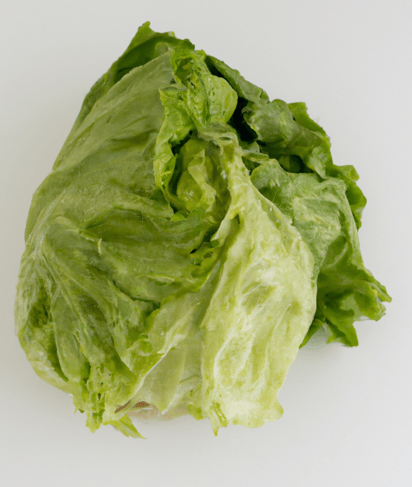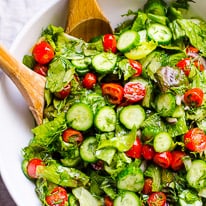Lettuce: Important Facts, Health Benefits, and Recipes
Explore the health benefits, history, and varieties of lettuce, and learn how to store, substitute, and creatively incorporate it into your meals for a nutritious boost.

Best Lettuce Recipes
-

-

-

-

-

-
:max_bytes(150000):strip_icc()/all-american-sliders-479161-hero-04-8b32f8aa35ad462e9a8c701a1beddea3.jpg)
-
:max_bytes(150000):strip_icc()/__opt__aboutcom__coeus__resources__content_migration__serious_eats__seriouseats.com__recipes__images__2016__09__20160809-zucchini-lettuce-soup-pesto-2-4c0356a52e39471ca3ac2f392e8d5c7e.jpg)
-

-
![5 Best Charcuterie Board Ideas Image]()
-
-
![Chicken Tostada Salad Image]()
-
![Elise Jesse’s Taco Bouquet Image]()




